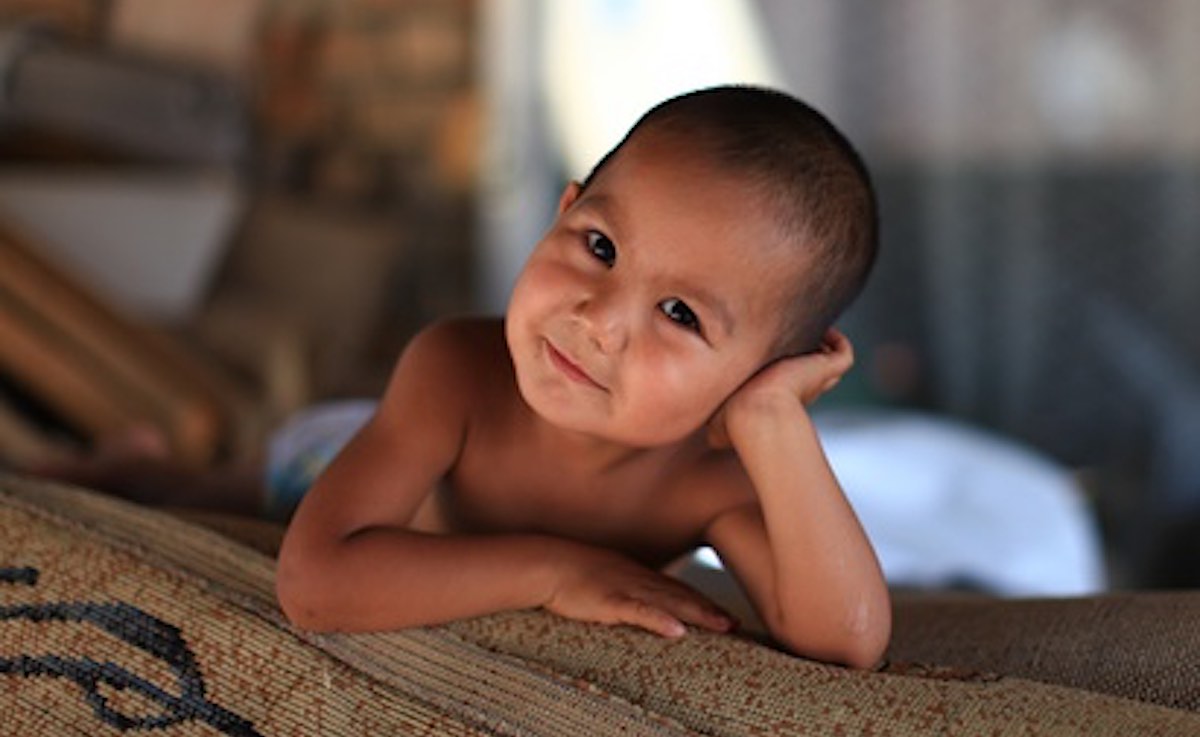As English political philosopher Thomas Hobbes famously stated in his treatise On Commonwealth, life without the commonwealth was “nasty, brutish, and short”.
In commemoration of its founding 100 years ago, Save the Children has released its third Global Childhood Report—and it contains figures that would make Hobbes blush.
In Hobbes’ day, the average male life expectancy was about 35 to 45 years at birth in England; now the chances for a child—even in rural Africa—of reaching adulthood unmarried, nourished, and educated education, are getting stronger and stronger.
Success by Numbers
“In the year 2000,” reads the report, “an estimated 970 million children were robbed of their childhoods due to … ill-health, malnutrition, exclusion from education, child labor, child marriage, and early pregnancy.
Just two decades later, Save the Children reports that number has been reduced by one-third. 115 million more children are being sent to school, 11 million young girls have been saved from marriage, 3 million girls are saved from bearing children in their young age, there has been a decrease of 94 million child laborers, and 4.5 million children have been saved from violent deaths around the world.
Nations across all 5 major continents have worked hard, sometimes in the face of corruption and even war, to achieve these remarkable results, including Bangladesh, Afghanistan, Colombia, the Philippines, Mexico, and Ethiopia.
Across every major geographical zone on earth, Save the Children’s “End of Childhood Index Score” has increased, including west, central, east, and southern Africa.
WATCH: Village in India Plants 111 Trees Whenever a Girl is Born – Watch the New Video
Sierra Leone, once a Mad Max-style country of blood diamonds and civil war, has cut their rates of infant mortality, child labor, and child marriages by half since 2000.
25 years after the genocide, Rwanda’s score is 744 out of 1000 after cutting infant mortality rates by 80% and teen pregnancy by 60%.
What Accounts for this Dramatic Improvement?
In the Global Childhood Report 2020, Save the Children lists some of the ways in which these outstanding goals have been achieved.
One of the primary drivers for reductions in things like child marriage, child labor, teen pregnancy, and school absence has been a global drive for equality between the sexes worldwide—not just in western nations.
“As this report shows, rising education rates among women and girls have been critical to improvements in child health in Bangladesh and child protection in Afghanistan and India,” the report reads.
“Investing in education programs for girls and increasing the age at which they marry can return $5 for every dollar spent. Investing in programs improving incomes for women can return $7 dollars for every dollar spent.”
CHECK OUT: ‘Rainbow Railroad’ Has Been Helping LGBT Citizens Escape Oppressive Nations to Freedom and Sanctuary
The first 5 of the 17 UN Sustainable Development Goals which so many bilateral development projects attempt to adhere to include Gender Equality and Quality Education.
The MDG (Millennium Development Goals) put down in the year 2000, targeted the eradication of poverty in all its forms by the end of the century.
“A recent Brookings Institution study found as many as 19 million extra child lives – most of them in Africa—were saved because of MDG-accelerated action,” reads the report.
LOOK: Entrepreneur Has Bought 10,000 Unused Ride-Sharing Bikes So He Can Donate Them to Poor Students
Finally, the advances in technologies like smartphones, social media, medical instruments, vaccines and drugs, have changed the face of the world in ways that especially benefit the developing world. Nearly all (96%) of the humans on earth have access to the internet, up from nearly half (58%) in 2001.
Mobile phones are being used to register births, improve early diagnosis of HIV in infants, monitor malnutrition in children, and to educate individuals about family planning, adolescent health and prenatal care.
If this is what nations can achieve in 20 years, another 20 years of pursuing development goals could mean that another 300 million children worldwide could enjoy their childhoods in relative peace and security before entering adulthood as educated, nourished, and independent members of society—which is quite an encouraging thought to have as we enter this bright new decade.
Be Sure And Share This Inspiring Story Of Good News With Your Friends On Social Media…




















